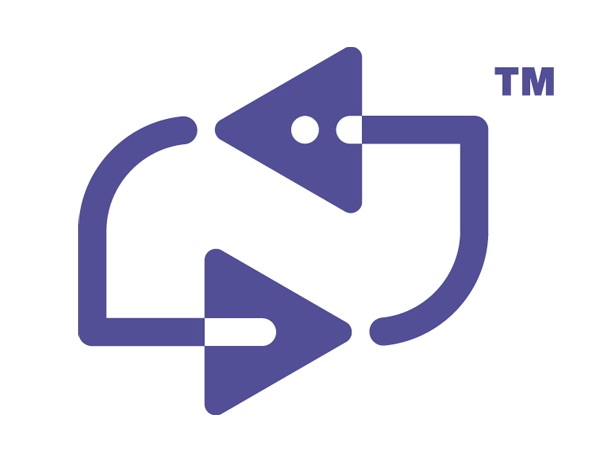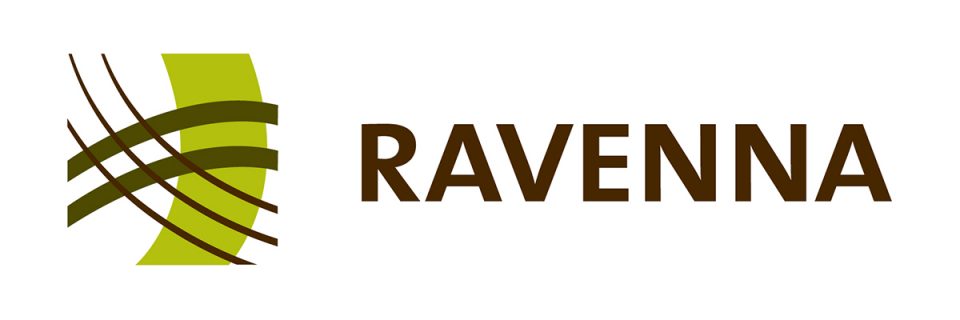Tech Focus: Networked Audio, Part 2: Standards Bring Order to a Profusion of Formats
Synchronization, compatibility are enhanced by standards-based formats
Story Highlights
Networked audio still comes in a variety of flavors, but, as legacy formats like CobraNet, which is widely regarded as the granddaddy of audio-networking formats, continue to fade and standards-based formats, such as AE67 and SMPTE ST 2110, are more broadly accepted, audio networking remains an alpha-numeric jumble, though an increasingly orderly one. Here’s look at the current major standards.
Click here for Tech Focus: Networked Audio, Part 1: For AoIP, the Future Has Arrived.
The AES67 standard was announced in September 2013 for high-performance audio in IP networks. Operating at Network Layer 3, it provides recommendations in several areas, including synchronization, media clock identification, and network transport.
 AVB Audio Video Bridging (AVB) is the name given to a network that implements a set of protocols outlined by the IEEE 802.1 standards committee. These include features that guarantee precise synchronization among all devices on the network, available network bandwidth required by the audio and video data, and a steady stream of data rather than sudden bursts and pauses within the network. A group of AV- and IT-equipment manufacturers formed the AVnu Alliance to draw up guidelines to ensure compatibility among all the AVB-enabled devices they produce.
AVB Audio Video Bridging (AVB) is the name given to a network that implements a set of protocols outlined by the IEEE 802.1 standards committee. These include features that guarantee precise synchronization among all devices on the network, available network bandwidth required by the audio and video data, and a steady stream of data rather than sudden bursts and pauses within the network. A group of AV- and IT-equipment manufacturers formed the AVnu Alliance to draw up guidelines to ensure compatibility among all the AVB-enabled devices they produce.
![]() Dante, an audio-network protocol developed by Australia-based Audinate, uses a Gigabit Ethernet network, providing several hundred audio connections through each cable in a network. Standard Ethernet services, such as QoS (Quality of Service) and PTP (Precision Time Protocol), are used to achieve a very low latency with highly accurate synchronization. Dante features a star topology, with many products also supporting a daisy-chain topology.
Dante, an audio-network protocol developed by Australia-based Audinate, uses a Gigabit Ethernet network, providing several hundred audio connections through each cable in a network. Standard Ethernet services, such as QoS (Quality of Service) and PTP (Precision Time Protocol), are used to achieve a very low latency with highly accurate synchronization. Dante features a star topology, with many products also supporting a daisy-chain topology.
 RAVENNA was introduced in 2010 by a group of pro-audio manufacturers focused on broadcast. Like Dante, RAVENNA is an IP-based Layer 3 solution and uses IEEE standards, such as PTP for clock sync and QoS for data-traffic management. RAVENNA is already compatible with the AES67 standard and has been adopted by pro-audio manufacturers Lawo, Genelec, and Merging Technologies.
RAVENNA was introduced in 2010 by a group of pro-audio manufacturers focused on broadcast. Like Dante, RAVENNA is an IP-based Layer 3 solution and uses IEEE standards, such as PTP for clock sync and QoS for data-traffic management. RAVENNA is already compatible with the AES67 standard and has been adopted by pro-audio manufacturers Lawo, Genelec, and Merging Technologies.
